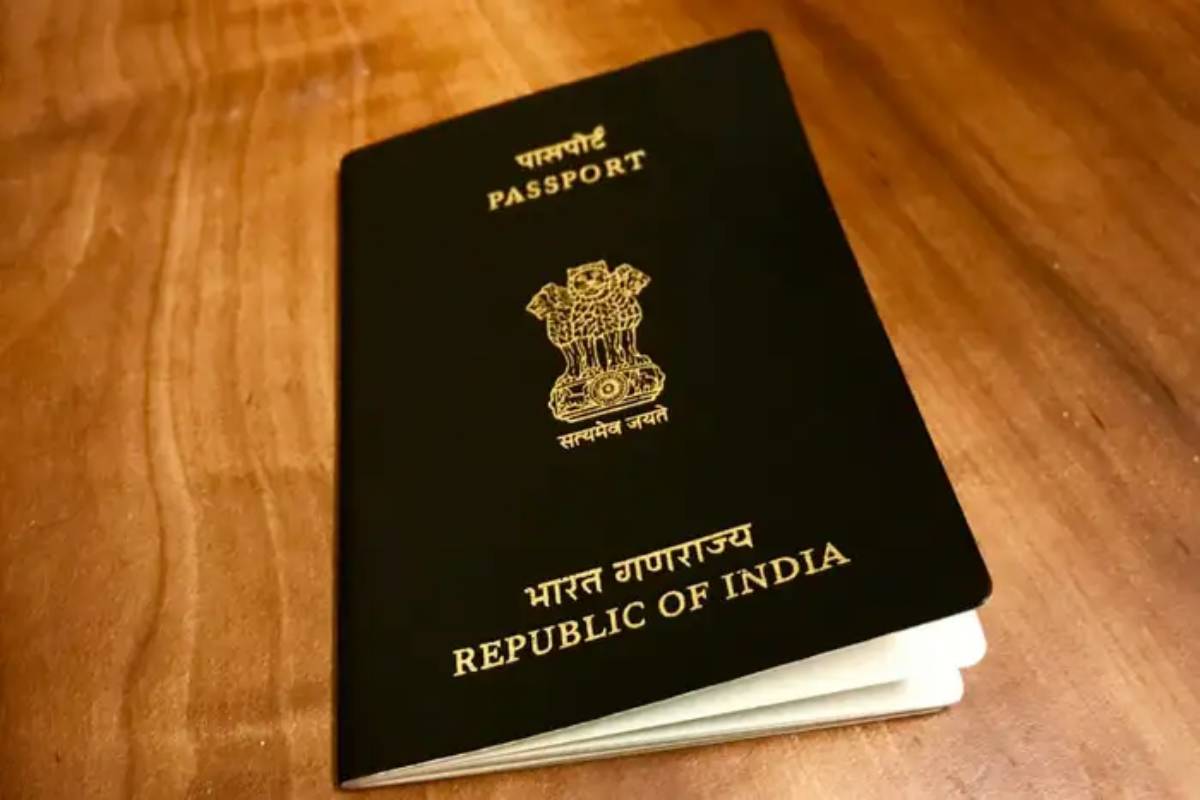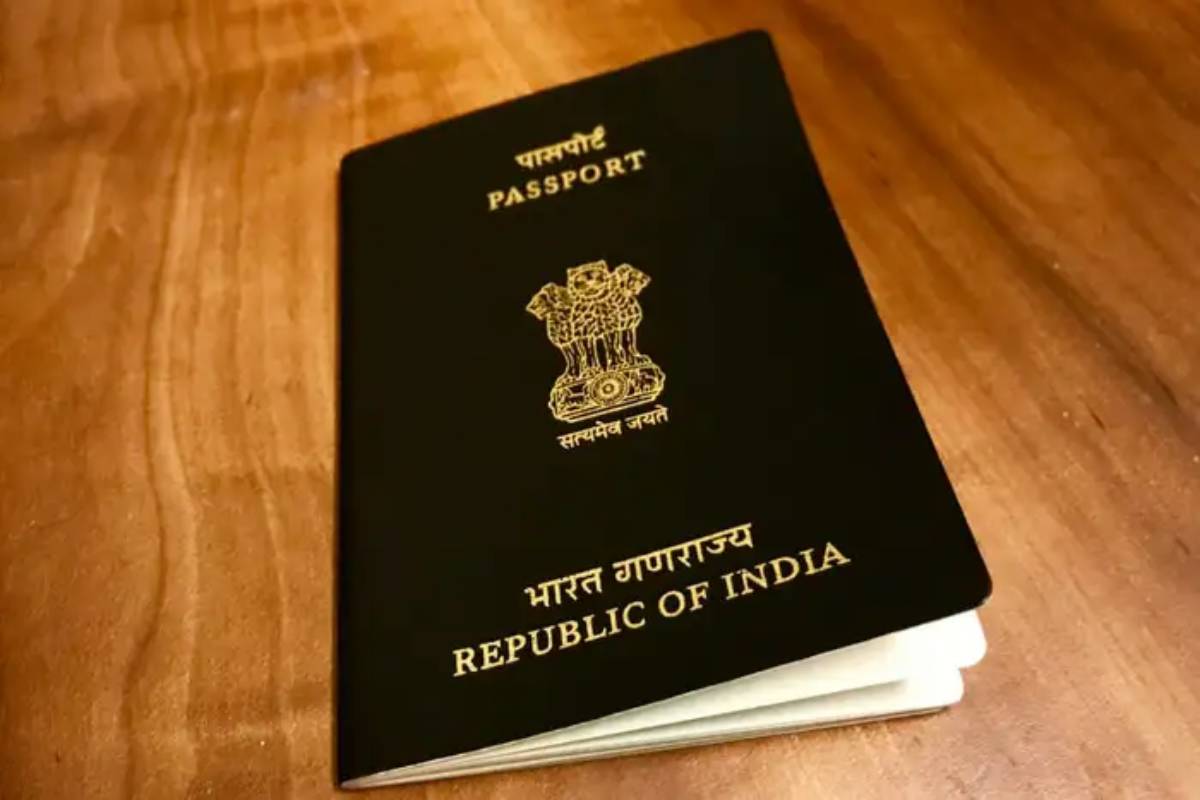Delhi Police bust syndicate involved digital-arrest fraud; trio held
The Delhi Police Claimed to have unearthed a syndicate involved in the digital arrest and investment scam in collaboration with criminals based abroad, it said on Tuesday.

The Delhi Police Claimed to have unearthed a syndicate involved in the digital arrest and investment scam in collaboration with criminals based abroad, it said on Tuesday.

The Directorate of Enforcement (ED), Delhi Zonal Office, has provisionally attached immovable properties worth Rs 82.29 crore under the Prevention of Money Laundering Act (PMLA).

The Indira Gandhi International Airport (IGIA) police apprehended 203 offenders, including travel agents and facilitators of illegal immigration, this year in a bid to crack down on visa and passport fraudsters, it said in a statement on Monday.

The businesspersons have alleged that if any fraudster buys garments from their shops and makes payment into their bank account online or through UPI by the money duped through the fraud, the police and investigating agencies freeze the entire account of the shopkeeper.

As per the data released by IGIA police, total 19 foreign nationals caught included 12 from Bangladesh, three each from Myanmar, Nepal and one from Afghanistan.
A youth from Durgapur, Pranavananda Mondal, was arrested by the Maharashtra Police today. He is accused of defrauding people of Rs 16 crore by promising to erect wireless internet towers on their land in Nagpur.
Apart from Himachal Pradesh, the raids are being conducted across Delhi, Chandigarh and Punjab. In Himachal Pradesh, 19 locations in Shimla, Kangra, Una, Mandi, and Kullu were searched on Wednesday.
Nine accused, along with an equal number of female tele-callers associated with the racket, were arrested in a raid on the centre.
While investigations are ongoing against various chit-fund companies, including Saradha and Rose Valley, a chit-fund organisation has duped around 7,000 people.
The Indian Cyber Crime Coordination Centre (I4C), MHA, provided information about the misuse of eight SMS headers for sending fraudulent communications for committing cybercrime.